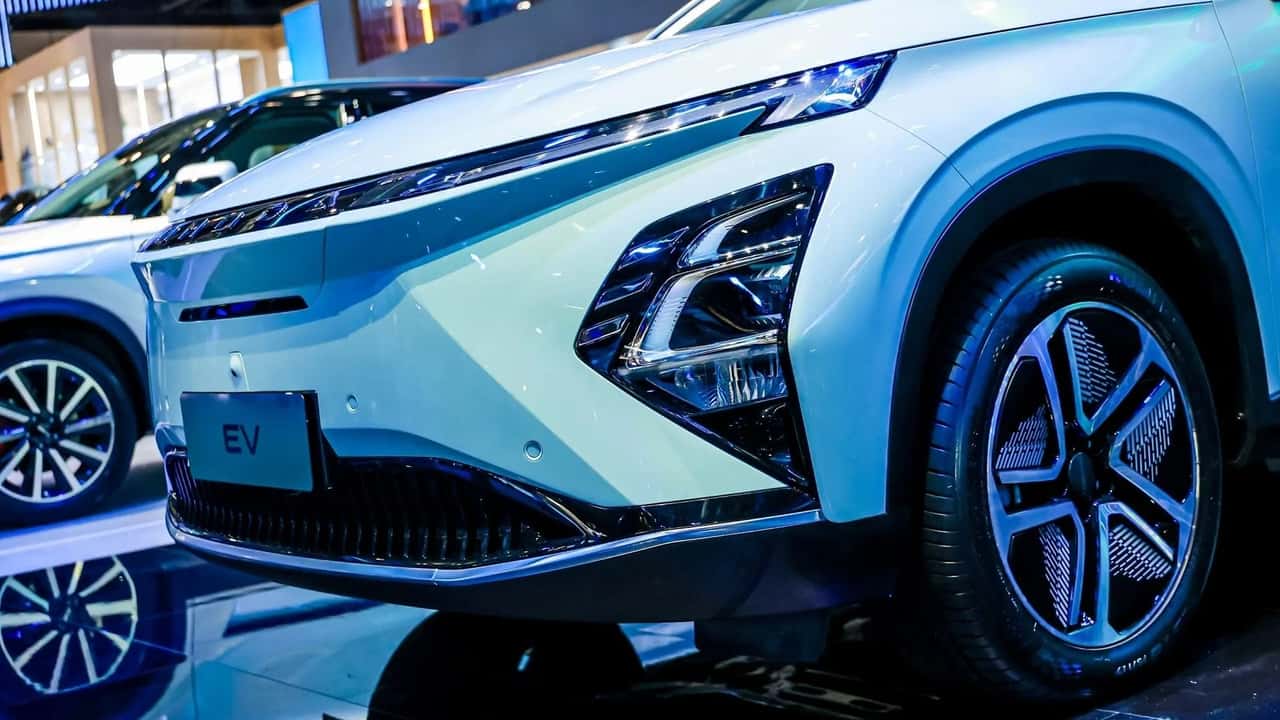We took part in a round table discussion with Shawn Xu, CEO of Chery’s proprietary brands. Here is what he told us.
Omoda and Jaecoo, the new European brands of the Chinese giant Chery, have finally landed in the Old Continent and now the Group is preparing a strategy to stay there, with new models on the way and investments.
We talked about this and more during a trip to China organised by Omoda and Jaecoo, during which we took part in a round table discussion with Shawn Xu, CEO of the two brands.
Of course, there was talk of duties, a hot topic for months now where the European Commission and China have been clashing. Xu, in addition to confirming the intention to produce in Spain, anticipated the need – in view of the desire to grow sales in the Old Continent – to open a second plant. Where? For now, nothing is certain and Italy could be a candidate. For now, the Bel Paese is preparing to host a research and development centre, whose task will be to adapt the various models to the needs of European customers. A plan that at present is not expected to undergo any setbacks.
If in fact it seems that an indication has come from Beijing for Dongfeng to stop investing in Europe, in response to duties on Chinese electric cars, Chery confirms its expansion plans, not just in terms of new models on the way.
Beyond factories and R&D centres, Omoda and Jaecoo are preparing a new batch of models to be launched in Europe. Not only electric.
Jaecoo 5
Omoda 7
Jaecoo will focus on the launch of the Jaecoo 7, to be followed by the Jaecoo 5, a 4.38 metre compact SUV powered by petrol, full hybrid and 100% electric engines.
The list of Omodas arriving in 2025 will be even longer. On the one hand, there will be the expansion of the Omoda 5 range with the LPG version, whilst on the other hand, there will be absolute models such as the Omoda 7 and Omoda 9, both mid-size SUVs with plug-in powertrains. In 2026 it will be the turn of the Omoda 3, a small SUV that will enter one of the most popular segments in Europe and beyond.
It is a mix between electric and electrified, to meet the demands of European motorists who are still sceptical about BEVs, as witnessed by registrations in the Old Continent, and the need to avoid incurring the fines that Europe will give to manufacturers who exceed the new CO2 limits in force from 2025.
Read also:
